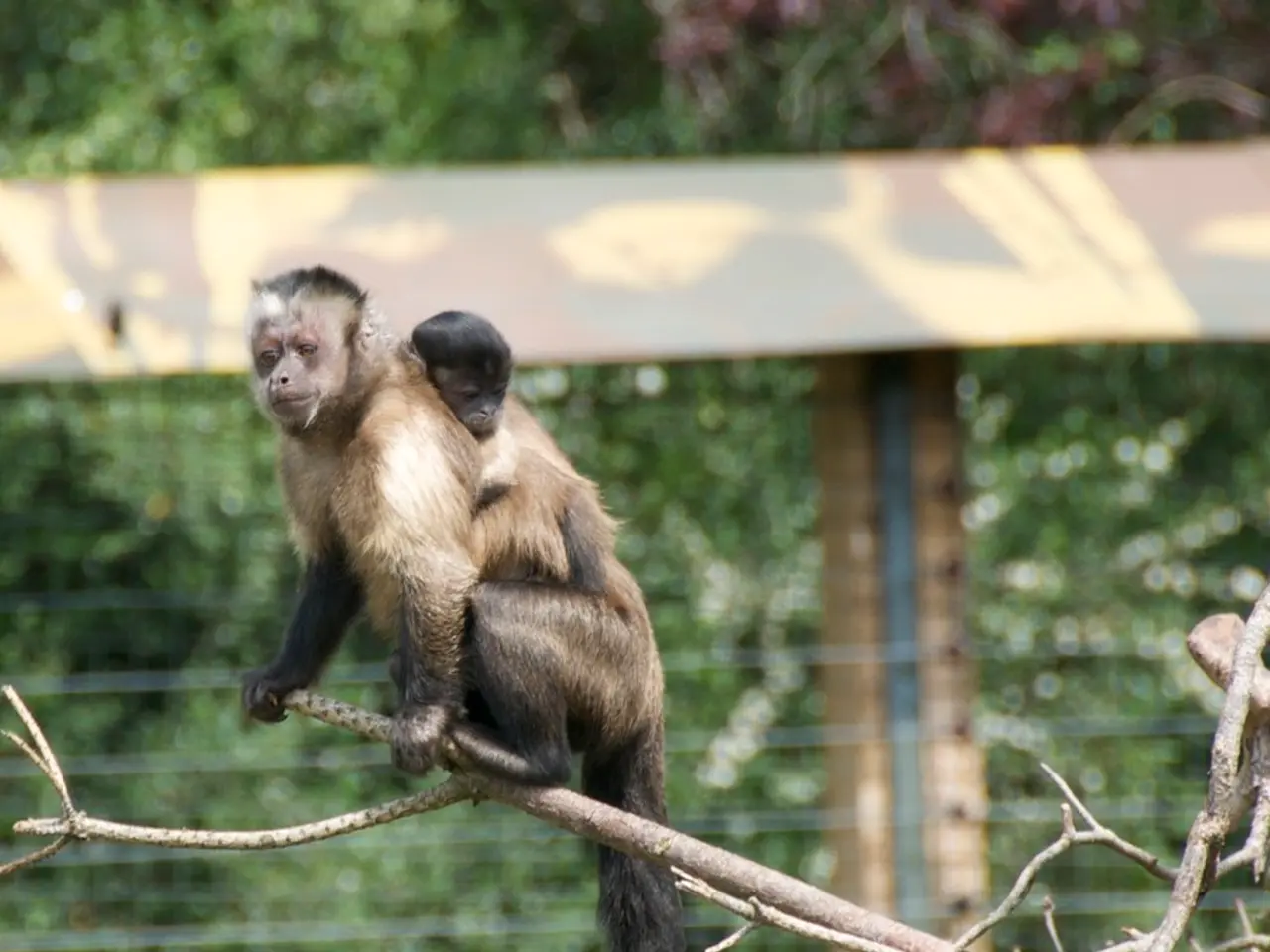The unique quality of infant-directed speech in humans
A groundbreaking study, conducted by researchers from the University of Zurich, University of Neuchâtel, and other esteemed institutions in France, Germany, and the US, has delved into the fascinating differences between infant-directed communication in humans and great apes. The study, titled "The evolution of infant-directed communication: Comparing vocal input across all great apes," was published in Science Advances and sheds light on the unique evolutionary adaptations that support language development and social bonding in humans.
The research reveals that human infants are exposed to significantly more infant-directed vocal communication compared to great apes. On average, humans engage in such communication at a rate **400 times more frequent than bonobos**, **70 times more than chimpanzees**, and **over 250 times more than other great apes**. This high frequency is crucial for language development, as it helps infants learn language faster by capturing their attention and emphasizing speech structure.
In contrast, great ape infants may acquire aspects of their communication system socially, but primarily from surrounding communication rather than direct vocalizations. While both humans and nonhuman great apes expose their infants to significant amounts of ambient vocalizations, humans predominantly use direct communication with infants, whereas great apes rely more on ambient input.
The stark difference in infant-directed communication between humans and great apes suggests that humans evolved a unique method of teaching language. This method relies heavily on direct speech to infants, which is not seen in great apes. The high frequency of infant-directed speech in humans may have evolved to facilitate the transmission of learned communication patterns.
The study's findings also indicate that the earliest hominins likely relied more on surrounding communication to become communicatively competent, while infant-directed vocal communication became considerably more prominent with human language. This shift underscores the importance of direct communication in teaching complex human language to infants.
The amount of child-directed speech children hear is linked to better learning outcomes, such as vocabulary size or literacy skills. The study's co-first authors, Caroline Fryns from UNINE and Johanna Schick, UZH postdoc, emphasize that future work could compare how the characteristics and functions of infant-directed communication vary across species and why.
It's important to note that other species, including some monkeys, bats, cats, and dolphins, have been shown to also direct vocalizations at their young. However, the results of the study indicate that the tendency to direct vocalizations at infants has been massively expanded in the human lineage compared to great apes. Non-human great apes direct gestures at their infants, and some of these gestures exhibit features also found in human infant-directed communication.
In summary, the comparison between infant-directed communication in great apes and humans highlights the unique evolutionary adaptations in humans that support language development and social bonding. These adaptations underscore the importance of direct communication in teaching complex human language to infants.
- The groundbreaking study published in Science Advances, titled "The evolution of infant-directed communication: Comparing vocal input across all great apes," reveals that human infants are exposed to significantly more infant-directed vocal communication compared to great apes.
- The study further elaborates that human infants are subjected to infant-directed communication at rates 400 times more frequent than bonobos, 70 times more than chimpanzees, and over 250 times more than other great apes.
- The high frequency of infant-directed speech in humans is crucial for language development, as it helps infants learn language faster by capturing their attention and emphasizing speech structure.
- In contrast, great ape infants primarily acquire their communication system from surrounding communication rather than direct vocalizations.
- The study's findings suggest that humans evolved a unique method of teaching language, relying heavily on direct speech to infants, a practice not commonly observed in great apes.
- Understanding the differences in infant-directed communication between humans and great apes can contribute to health-and-wellness, fitness-and-exercise, mental-health, nutrition, parenting, education-and-self-development, and personal-growth, as it sheds light on the unique evolutionary adaptations that support language development and social bonding in humans.




